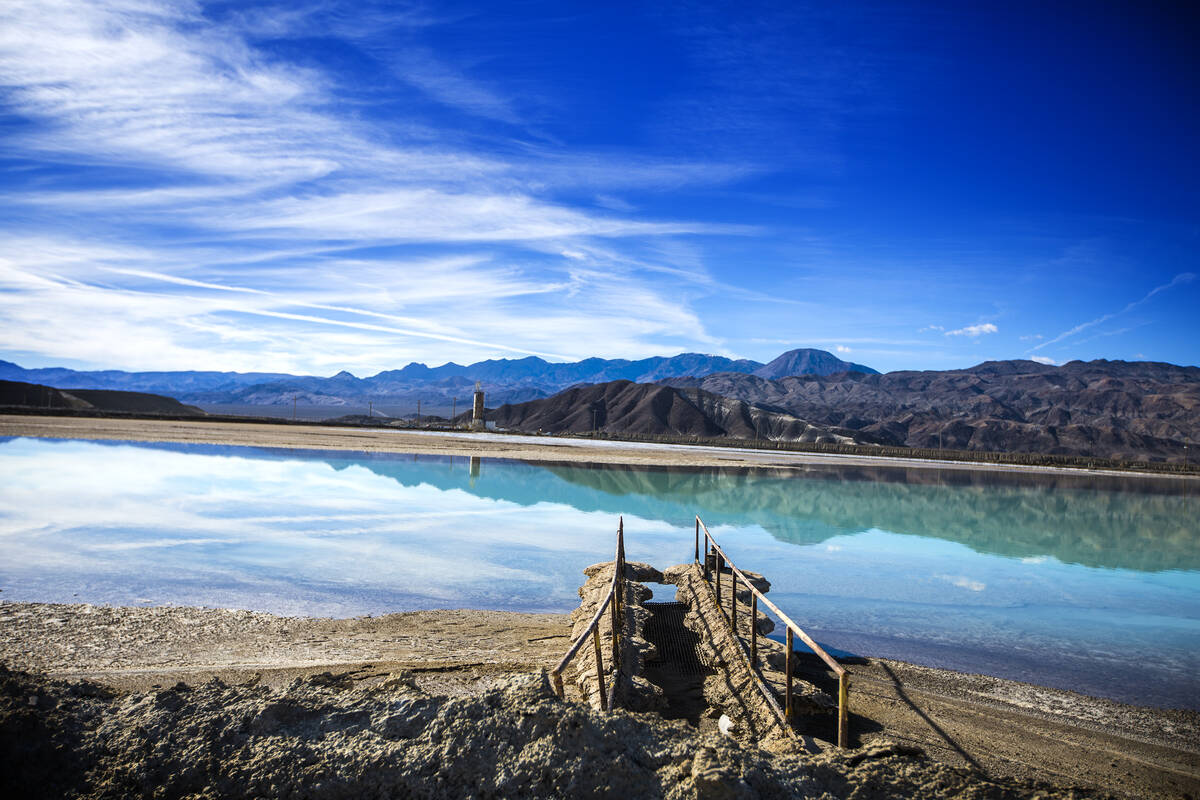Nevada debates claims of bias on wildlife, mining commissions
Wild Nevada and mining are integral to the state’s economy, but some feel the commissions that help govern them need an overhaul.
The governor-appointed state mining and wildlife commissions are regulatory and hold sway in Carson City, able to make suggestions to the governor and the Legislature. Yet almost all of the members are men who have ties to the mining industry, hunting or agriculture. Neither commission has a Native American member.
“I have actively tried to recruit females to apply for commission seats in the past,” said Kailey Musso, a management analyst at the Nevada Department of Wildlife. “But it’s a significant commitment.”
At the April meeting of the Nevada Legislature’s joint committee on natural resources in Las Vegas, many expressed concern over the makeup of the commissions on mining and wildlife. Legislators heard from leadership on both commissions, as well as industry and environmental advocates.
These discussions come after Gov. Joe Lombardo vetoed a bill to study the agencies that regulate Nevada’s natural resources, instead throwing the responsibility down to the interim committee.
Groups divided on importance of diversity
The Commission on Mineral Resources, under the state Division of Minerals, is the first stop for any company that hopes to claim its stake to Nevada’s minerals. Currently, all seven members work or have worked on extractive mining projects.
They are tasked, too, with encouraging and assisting mining exploration through education programs, according to state statutes.
Environmentalists across Nevada have sounded alarm bells about proposed lithium mining projects, many of which they say stand to threaten endangered species and groundwater levels in rural areas.
One seat each on the Board of Wildlife Commissioners is designated for a conservationist and a member of the public. Still, the nine-member board heavily leans in favor of hunters and farmers. On gender inequality, wildlife department director Alan Jenne pointed to the first female chair of the wildlife commission appointed in 2020.
A potential solution presented Friday came from John Hadder, director of Great Basin Resource Watch, who proposed a change in state statutes.
Hadder wants to make the mining commission better acknowledge environmental harm in outreach efforts. He said he would like to see the statutes require at least two Indigenous members and two non-Indigenous members directly affected by mining.
“We currently view the composition of the commission as unbalanced, with virtually all members whose income is directly or indirectly connected to the mineral industry,” Hadder said.
When asked if the mining commission regularly involves Native communities, Division of Minerals administrator Rob Ghiglieri said he was “not aware of recent interactions.” A Western Shoshone Defense Project leader said interactions between tribes and the mining industry have been minimal.
Hadder and others sparred with former mining commission chair and current Assemblyman Rich DeLong, R-Reno, over whether taking miners off of a body that regulates mining would “single out” industry leaders. Other mining organizations agreed that miners should take the most seats.
Similarly, the Nevada Wildlife Federation and other sportsmen groups said hunters have the appropriate amount of representation on the wildlife commission.
“I could care less about the gender, the religion, the political affiliation or any of the diversity issues on a commission,” said Larry Johnson of the Coalition for Nevada’s Wildlife. “I want the most qualified people — and that’s what our commission is selected from.”
The interim committee convenes monthly while the part-time state Legislature doesn’t. Committee members will decide in August which issues to draft bills for in the 2025 session.
Contact Alan at ahalaly@reviewjournal.com. Follow @AlanHalaly on X.

















